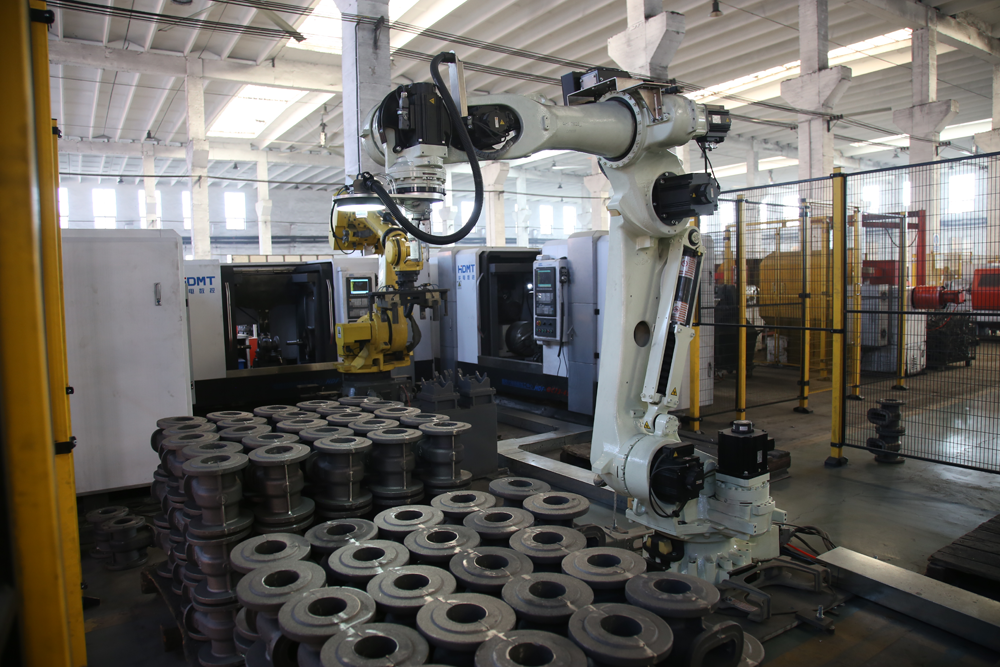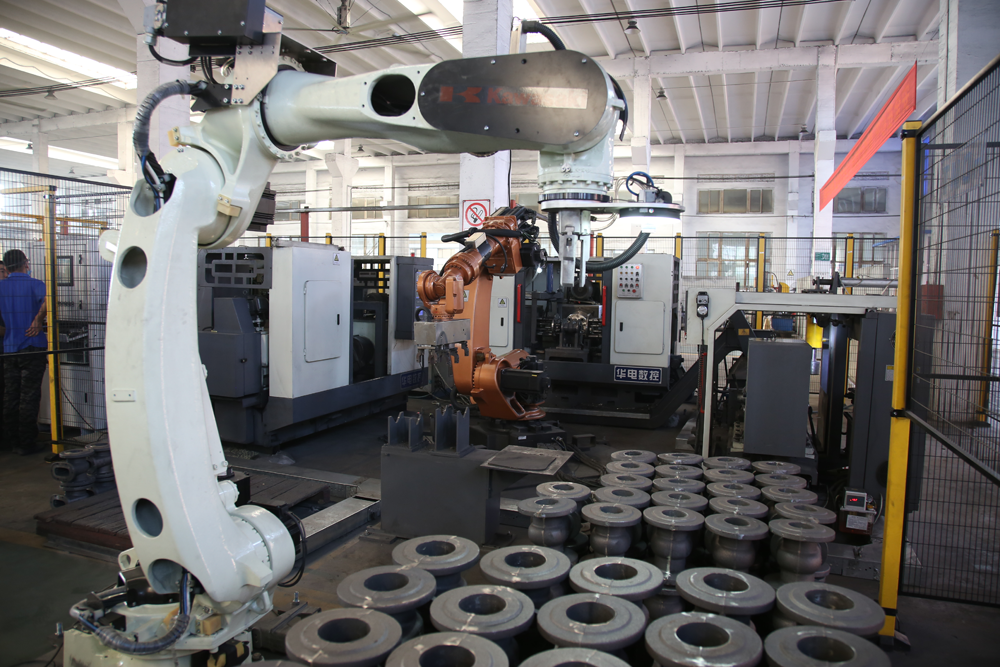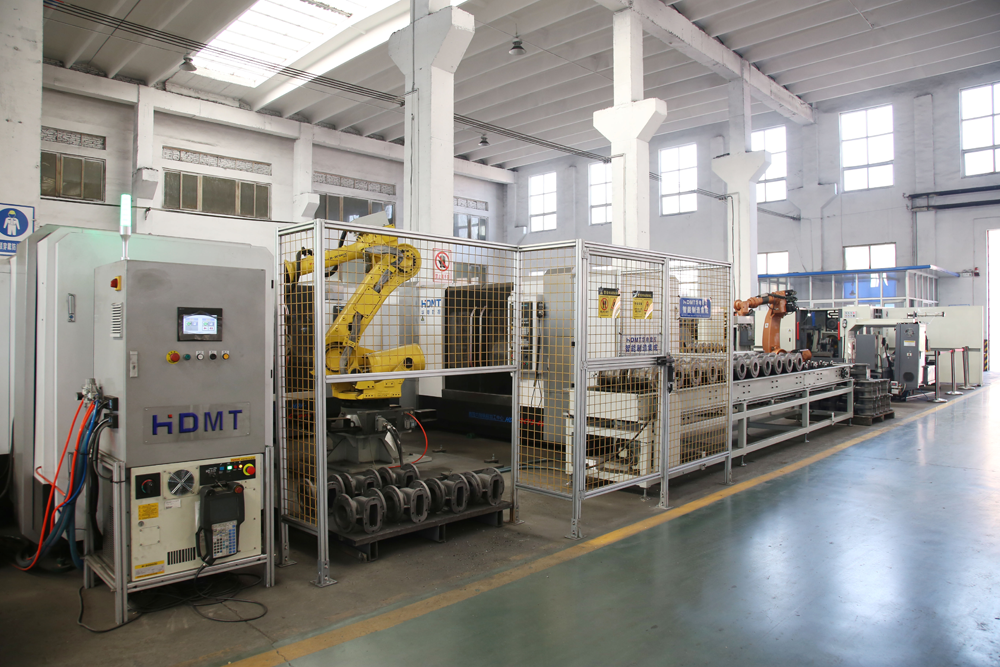Our factory produces special valve machines for turning and drilling of forged steel, cast steel (carbon steel) gate valves, globe valves, butterfly valves, etc., with a tool size of 10mm. The equipment is efficient, convenient, stable and reliable. The following valves are introduced for you. We The factory has customized models:
1) General purpose valve (general purpose valve): A general term for valves with a wide range of uses, also known as general purpose valves. It is not a valve for specific conditions and specific purposes.
Although there is no clear definition for general valves, it mainly refers to manually operated globe valves, gate valves, check valves, butterfly valves and ball valves with pressures below 2MPa. The valve housing materials mainly include gray cast iron, ductile cast iron, malleable cast iron, and carbon steel. , Stainless steel and bronze, etc.
2) Cast iron valve: The valve body and bonnet material of the pressure-bearing shell are made of cast iron.
3) Cast steel valve: The valve body and bonnet material of the pressure-bearing shell are made of carbon steel and low-alloy steel castings.
4) Stainless steel valve: The valve body and bonnet material of the pressure-bearing shell are made of stainless steel.
5) Bronze valve: The valve body and bonnet material of the pressure-bearing shell are made of bronze. And bronze valves are mostly flanged and threaded valves with a nominal pressure of 20K or less and a nominal diameter of 100 or less.
6) Brass valve: The valve body and bonnet material of the pressure-bearing shell are made of brass. Brass valves are relatively small-diameter valves that are stocked, cast and forged.
7) Forged valve: The valve body and bonnet are formed by free forging or die forging process. Forged valves generally use brass, carbon steel, alloy steel, stainless steel and other materials, and most of them are valves with relatively small diameters.
8) Plastic valve (plastic valve): also known as plastic valve. It is a valve made of rigid polyethylene, chlorinated polyvinyl chloride and other materials. Although this valve has excellent corrosion resistance, it is limited to use under normal temperature and low pressure conditions.
9) Ceramic valve: The main part is a valve made of ceramic. It has good corrosion resistance and wear resistance, but it is necessary to consider the impact of mechanical shock and thermal shock on this valve during use.
10) Faucet: The opening and closing element installed at the end of the water supply and hot water supply pipes of building facilities and waterway facilities to control the flow of water.
Valves usually make the inlet and outlet ends at the same time as pressure-bearing parts, but most faucets only need to make the inlet end as pressure-bearing parts, and the outlet end exposed to the air is made as non-pressure-bearing parts.
JIS B2061:2006 (faucet) mainly targets single-handle faucets, hot and cold water mixing faucets, water stop cock, float valve, toilet flush valve, and toilet flush faucet.
Huadian CNC specializes in the production of valve processing machine tools, valve processing machines, valve processing equipment, which are used for turning and drilling of forged steel, cast steel (carbon steel) gate valves, globe valves, butterfly valves, etc. The cutting tool can reach 10mm, which is efficient and convenient. Stable and reliable.
11) stop cock (stop cock, stop valve): it is a cock set in the water supply pipeline to cut off the flow of water.
12) Snap tap (ferule): The tap used when branching pipes in the water supply pipeline.
13) Cock: A general name for equipment that is equipped with a conical or cylindrical valve body with a rotatable plug to cut off the medium. Rotate the plug 90° to connect or cut off the through hole of the valve body.
14) Manual valve: A valve operated by manpower.
15) Automatic control valve (automatic control valve): Whether it is direct or indirect operation does not require manpower, mainly rely on proportional action to operate the valve.
16) Automatic valve (self-control valve): The operation of the valve needs to receive the necessary power from the controlled medium to act on its own.
17) Drive valve (power drive control valve): The operation of the valve is controlled by the power of an external auxiliary power source.
18) Regulating valve: The definition is the same as that of an automatic valve.
19) Control valve (control alve): A type of drive valve, a valve that performs proportional action after receiving a signal from the control system that is programmed into the control system.
20) Remote operated valve (remote operated valve): It is a valve that operates a valve from a long distance or sends a signal to operate it. Most of these valves are operated by opening and closing two positions.
21) Stop valve: A valve in which the valve stem drives the valve disc to move perpendicular to the sealing surface of the valve body or valve seat. At least one bend in the runner.
22) Rotary valve: A valve that remotely controls the flow channel to be connected or cut off by the rotation of the opening and closing member.
23) Industrial valves (industrial valves): After raw materials are processed, various products are used in industrialized industries. Does not include valves for medical and laboratory use.
24) Valves for building facilities: Valves for building water supply and drainage sanitation equipment, air conditioning equipment, and fire extinguishing equipment.
25) Power plant valve (power plant valve): used in thermal power plants and nuclear power plants, mainly as a general term for valves used in steam and circulating water systems.
Post time: Dec-13-2021









